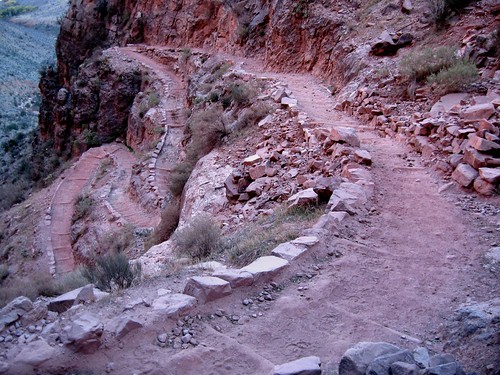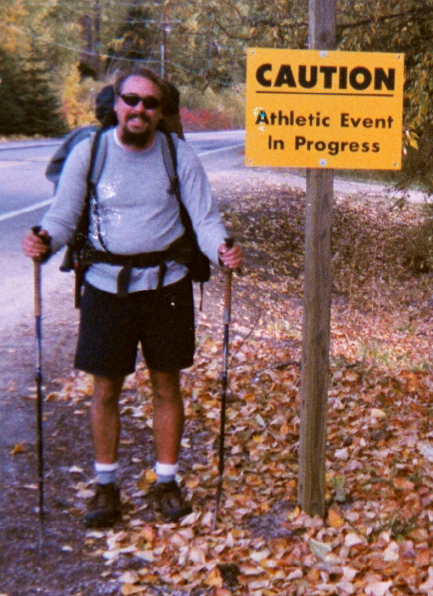As every hiker knows switchbacks are the fastest way up a hill. A University Of Washington study has confirmed this.
A straight line may be the shortest distance between two points, but on a steep slope, a zigzagging path is the fastest way to go, a new study confirms.
On flat terrain, a straight line is typically still the best way to get from point A to point B. But climbing up a steep hill is a whole different ballgame; the mechanics and energy costs of walking up a hill alter the way we negotiate the landscape.
You would expect a similar process on any landscape, but when you have changes in elevation it makes things more complicated," said study author Marcos Llobera of the University of Washington. "There is a point, or critical slope, where it becomes metabolically too costly to go straight ahead, so people move at an angle, cutting into the slope. Eventually they need to go back toward the direction they were originally headed and this creates zigzags. The steeper the slope, the more important it is that you tackle it at the right angle."
Switchbacks are one of the things that make the Pacific Crest Trail a much easier trail than the Appalachian Trail. Trails with switchbacks tend to be more sustainable and have less erosion. The Appalachian Trail Consevancy is making an effort on some parts of the trail. It is a long and arduous project.




No comments:
Post a Comment